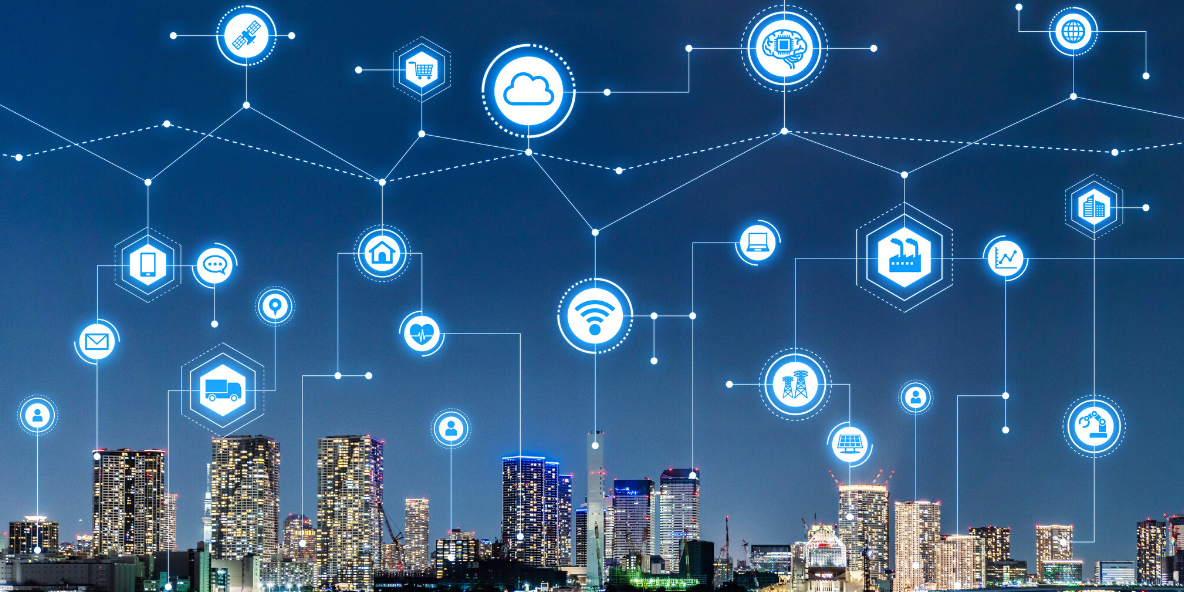CoViD-19 and the initiatives to stop the spread are putting industries and manufacturers under pressure like never before.
This special moment is throwing the whole production and logistics system into crisis:
- Shortages of components, finished products and PPEs, due to suppliers located in critical areas, inventory reduction strategies, cross-border transportation system interruption by governments decisions such as boundaries or protectionist measures, demand shock and sudden spikes
- Temporarily suspended operations or reduced capacity due to manufacturing footprint contamination, absenteeism, people fear of disease influencing their attitude and operations continuity
- Low flexibility to seize new business opportunities, e.g. converting production and redirecting operations to hand sanitizers, ventilators and masks
After this emergency period, we will probably have to cope with these issues in the Supply Chain for a long transitory period – months? years?
Being in the front line of this emergency, manufacturers are facing new challenges ending up in new important needs:
- How to keep operations running, also with some remote activity? How to prevent shortages and secure logistics?
- How to ensure a safe workplace? How to avoid contamination? Which risks management approach?
- How to reassure employees and make them feel secure in their activities avoiding increase in absenteeism (on top of ill workers)?
A crucial change is undergoing with significant impact on Supply Chain, intended to last also beyond this period of emergency.
This situation is made worse due to last years trends with companies that have been driven by Supply Chains guidelines aimed to reduce inventory & redundancy and minimize costs, such as single sourcing strategies, JIT and low inventory levels to minimize stocks, lower-cost locations for supplies and production, distribution hubs centralization.
Not even the “best of breed” companies – that invested and created site-specific business continuity plans leveraging on their networks (e.g. back-up facilities, overcapacity) – have considered a 360° lockdown based on pandemics.
Supply Chains are not prepared for this situation: it is time to re-design new Supply Chains with antivirus protection and that requires to address the following key elements:
- PROTECTED FACILITIES: Defend the site against the virus and get your workplace ready in case it arrives, defining reinforced procedures to avoid (or at least mitigate) contamination, e.g. reviewing human traffic management with safe distancing measures, reducing high-touch areas (e.g. canteen, break areas, changing rooms)
- PEOPLE Health & Safety: Protect people health, reassure workers and defend sick persons’ privacy – in & out of the site – e.g. providing PPE but evaluating renewable (vs. disposable) materials, managing psychosocial risks and stress of remote workers
- PRODUCTION PLANTS: Get volume & production mix flexibility and review manufacturing footprint leveraging on regional vs. global market coverage, leveraging for example on on-demand production capacity increase (internal and third parties)
- TRANSPORTATION SYSTEM: Build the logistics system in the kind of fast-reaction, capable to face crisis, e.g. leveraging on tools for real-time visibility and monitoring broader changes and working on “co-opetition” between competitors that have similar supply chain requirements
- DIGITALIZATION: Keep operations running – with a mix of in loco and remote workers – minimizing contacts among people enabled by digital technologies / automation and rethinking the Industry 4.0 strategy, e.g. remote maintenance
- INVENTORY POLICY: Ensure appropriate safety stocks to cover different types of disruption
- SUPPLIERS: Ensure alternative and closer physically Partners (short and local vs. long globalized supply chain; mono vs. multi source), evaluating “co-opetition” between near competitors that have common supplies requirements
- PROCESSES & OPERATING MODEL: Review processes and the operating model matching with the new Supply Chain and guaranteeing that it will work with defined antivirus, e.g. back-office AI, crew model review, remote audits (suppliers, agencies), virtual training.
To face the post Covid-19 Supply Chain challenges, companies have to:
- respond to the emergency, by protecting and reassuring people, ensuring a safe workplace, managing shortage risks, solving issues on critical goods in transit accelerating customs clearance, deciding first solutions to allow remote vs. onsite work, evaluate rewards for workers available on site during the crisis
- starting from the upcoming weeks, design and implement the new Supply Chain strategy identifying the most effective antivirus








